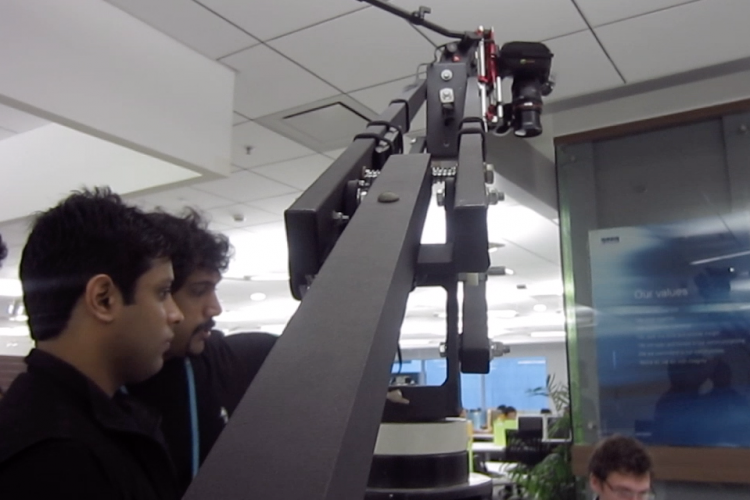As a Corporate Video Production house that has produced Corporate Films for the last 12 years, one of the most common requests we get from clients is to work within a specified budget.
This is not an unreasonable ask. However, it requires an equal amount of effort from the client to optimise spends and reduce the overall cost of producing a Corporate Video. It does take two hands to clap. We’re going to look into three relatively simple practices that can turn this ideal situation into a reality.
1 – Clearly define and involve all decision takers.
In all our years as corporate video makers in Bangalore, this is the number one reason for the accrual of rework costs. If key decision makers are not involved from day one; you end up setting yourself up to incur unnecessary expenditures.
This has never been much of a problem with smaller companies. The people we interact with our normally either ownership or the founders. Decisions in these cases, are swift and smooth.
However, with larger more corporate organisations things are quite different. We have noticed on occasion that the final output is shared with someone from top management who we have never heard of before. This is a dicy place to be as a Marketing Executive. The risk of producing a Corporate Video and the cost associated with producing it falls square on the shoulders of the Marketing Executive. The best way to mitigate this risk is for all key individuals to be involved from the get go.
2 – Invest time in the Pre-production Phase.
There are three phases that incapsulate the entire process of making a film. This doesn’t apply to corporate production services only, but any film in general. The first is Pre-production, followed by Production and finally, the Post-Production phase.
From a cost point-of-view Pre-production is the least expensive phase. Post-Production, especially in the case of Corporate Video Content is the second least expensive phase. The most expensive phase is the Production phase. As a Corporate Video Agency, we spend a lot of time during the Pre-Production phase to not just script and plan, but convey to the greatest possible degree what the final output of the film will look, sound and feel like. We do this to make sure that the client understands what they are committing to so that there is no apparent surprise at the end of the production.
Our advice is to use this precious period of Pre-production well. Now is the time to obsess over every word that goes into a script. Now is the time to pour through the reference videos that we share with you to understand what kind of a film we suggest. Now is the time for you to share a mood-board of videos that you like that can help bring us on to the same page. The more blood and sweat invested at this stage will only make life easier, smoother and subsequently cheaper for the following phases.
3 – Reduce shoot days with good planning.
This is a practice that is directly related to point 2. The reason I think it deserves special attention, is because this planning directly affects the cost of Production. The cost of producing a film is primarily a simple equation.
(No of Consultants + Cost of Equipment Rental) x No of Shoot Days
If we optimise the number of shoot days, we automatically bring down costs. How can this be done? Say for instance, you have to interview 5 of your executives. If you don’t spend enough time planning to get them to align their dates and land up on a single day, you will be forced to shoot across multiple days. Let’s say one of these executives is based in another city, it would be cheaper to fly him down and schedule him for the same day vis-à-vis flying a crew of 5 people and bearing the additional cost of a day’s worth of production.
Yes, like most advice, not all of it is easy to practically implement, especially when you are in big firm. Wrangling highly placed executives and the sensitivities of top management is part of the job. Maybe a large firm has large enough pockets to pay the price of convenience. That being said, someone price conscious cannot hide from abiding with these basic best-practices.
On a final note, making a film, even though we are talking about a corporate promotional video and not a blockbuster, is still very exciting. Enjoy the process, be an active part of it, it will not only give you a better grasp on the matter, it will give you very good memories.


